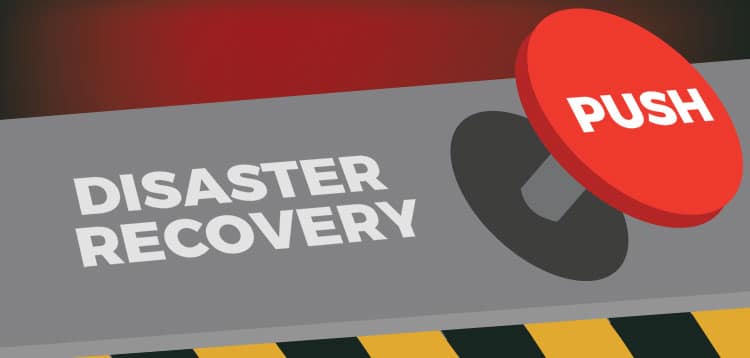- OUR APPROACH
-
COMMITTED TO YOUR SUCCESS
Our approach, developed over decades of experience, is fine-tuned to get the results you want.
We deliver concept-to-completion solutions, designed by temporary power specialists with access to the largest inventory of high-quality power generation and distribution equipment in North America.
-
- Equipment
-
RENTALS
From a wide range of diesel and natural gas generators to transformers, cable, light towers and more, our large rental fleet and extensive vendor network ensure we’ll have the temporary power equipment that your project requires — every time.

-
- Industries
-
INDUSTRIES WE SERVE
For nearly 20 years, we have been at work powering projects across Canada’s industrial sectors.
Select from this sampling of industries to learn how we can put our expertise to work for you.
VIEW ALL- Projects
- About
-
A PROUD HISTORY. A BRIGHT FUTURE.
From our inception in 1998, we have been building our team on a foundation of excellence. Our team members’ passion, expertise and commitment are what have allowed us to grow into a national company with projects across Canada.
Click on the links to learn more about our history, our team or our career opportunities.
- Blog
- Contact
-
When Hurricane Harvey struck the state of Texas in late August, it left more than 300,000 homes and businesses without power. Among the storm’s power infrastructure casualties were 7.6 GW of power generation capacity and over 85 high-voltage transmission lines. Even as flooding made many areas difficult to access, utility crews poured in from all over the country to help restore power to those who’d been affected by the storm.
But where did these crews come from? Recognizing the need for extra manpower when a large disaster like Harvey strikes, many power companies have entered into mutual assistance agreements. When disaster strikes, companies that haven’t been affected send crews to help companies that have. The result, in Texas, was that an extra 10,000 workers from 21 different states were on hand in Texas to help restore power far more quickly than the state could have managed on its own.
Mutual assistance agreements between power providers exist in Canada as well. When severe winter storms hit Ontario and the Eastern Provinces in December of 2013, leaving 450,000 customers in Southern Ontario without power, neighbouring utilities played a role in providing mutual assistance to those that were affected.
While informal and regional mutual assistance has existed in Canada for some time, in April 2015, the Canadian Electricity Association (CEA) facilitated the creation of a formal, national mutual assistance agreement for members of the Canadian electricity industry. According to the CEA the agreement “is intended to improve the timeliness and effectiveness of response to emergency events by clarifying the terms, conditions and availability of mutual assistance in advance of potential emergencies.” Under this agreement, utilities can access extra personnel, support, equipment and supplies during a disaster, and reimburse the donating companies later.
But even if this kind of agreement could have improved the response time for the hundreds of thousands of Ontario residents who were without power for a week or more during the 2013 ice storm, no time frame beats the “immediate” offered by a backup generator.
Bob Graham, president of R.A. Graham, experienced the ice storm as both a resident and an electrical contractor, and he is a firm believer in backup generators.
“My house was out of power for 7 days,” he recalls. “And [R.A. Graham was] acting in a service capacity, restoring electrical services on residential houses in Toronto. It was a situation where we could get the services up and ready, but Hydro didn’t have the bodies to hook up the wires on the street to feed into the house.” The ice storm, and Graham’s extensive experience working with businesses that have been blindsided by emergency outages, have only cemented his convictions about the necessity of a backup power source.
He describes businesses that “fall through the cracks” because they’ve put off setting up a backup until it’s too late. “Those are the people that all of sudden, it’s a 911 emergency and they’re calling the generator rentals people, they’re calling everyone to see if anyone’s got a spare diesel generator that can be hooked up so that they can be up and running.” This kind of situation is stressful enough when the emergency is limited to the business in question. But when a major disaster hits, it gets worse. “If the ice storm hits, all the generators evaporate,” explains Graham. “And all of a sudden, everyone’s in panic mode.”
How important is it to have a backup generator? It depends on your business. “Everyone has their own needs,” says Graham. Some companies — Graham gives the example of companies whose supply streams will be interrupted in the event of a disaster — might opt to shut down until power can be restored. But Graham explains, “if you’re a retail institution or you’re in the service business, and you can keep your lights on, your phones on, and your people engaged in working, there’s opportunity to make money.”
Graham believes that people are becoming more aware of the need for backup power, both because of past experience, and because some insurers are refusing coverage in certain circumstances to those who don’t have it.
When it comes down to it, utilities entering into formal mutual assistance agreements and individual business owners investing in a backup power system are both working towards the same goal: better emergency preparedness, and quicker access to power in the wake of disaster.
Related Articles
Subscribe for access to exclusive content
"*" indicates required fields



















